Best Time for Renjo La Pass Trek
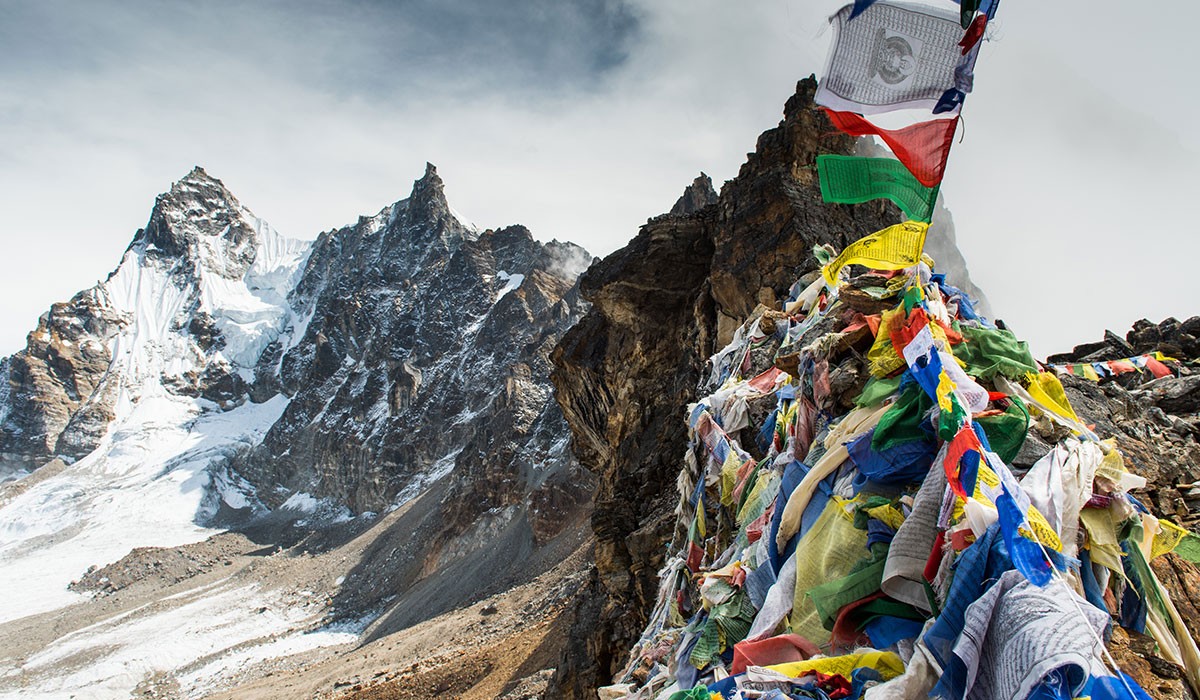
You can do trekking adventures in Nepal throughout the year. Trekkers usually set out on their exploration, considering the experience they are looking for during different seasons. However, if you are looking for the most suitable period to enjoy this trekking adventure comfortably, we recommend the high seasons like spring (March to May) and autumn (September to November). These are the peak points among other seasons that ensure a safe and remarkable experience.
Still, depending on your preference, you can decide which season to pick, even among these peak seasons. The spring season is an ideal period for nature lovers, the whole landscape of the country is brimming with life in this season. Besides the stunning visual of lush greenery everywhere and the dotted flowers, will fresh and sweet aroma of nature’s pinnacle point will make your everyday exploration a sweet memory.
As for the autumn season, which has been dubbed the number-one season for treks in the Himalayas, no other season can its table climatic conditions, just-right temperatures, dry and easy trekking trails, and clear views. Besides that foliage color that takes over the terrains, the golden harvest-ready fields and incredible cultural experience make it an exciting period to set out on your Himalayan journey.
Temperature of Everest Region During Peak Seasons
Temperatures During Spring Season (March, April, and May):Averages between 17°C to 25°C
Temperatures During Autumn Season (September, October, and November):Averages between 12°C to 17°C
How Difficult is Renjo La Pass Trek?
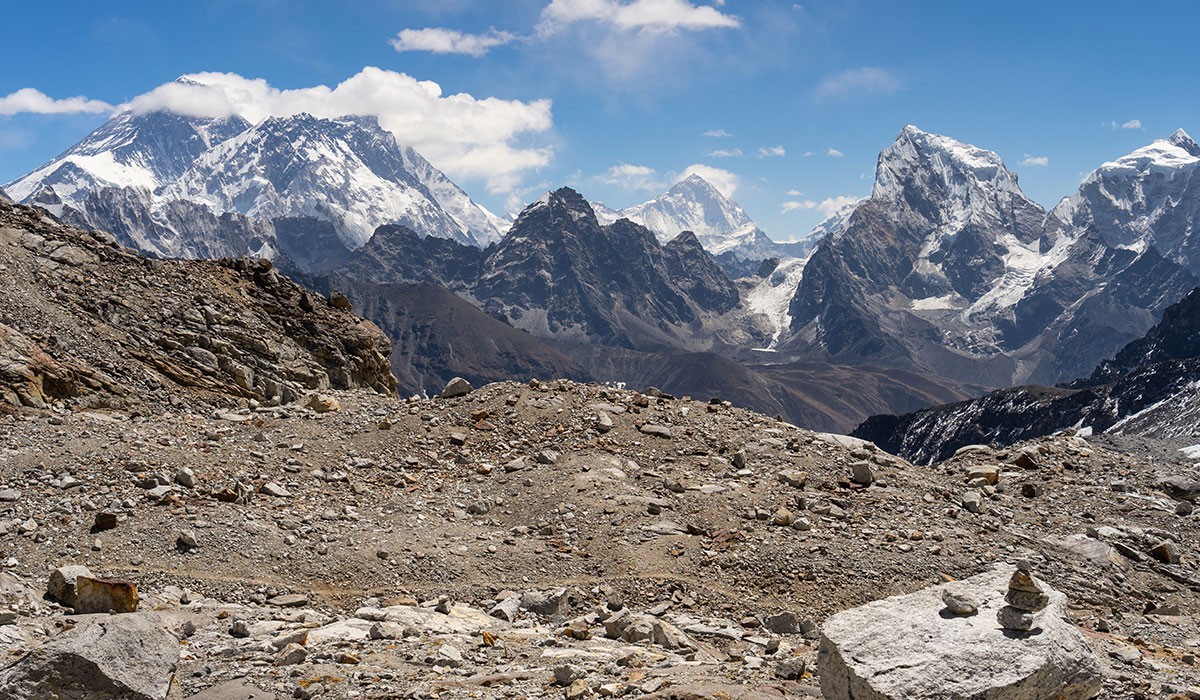
Gokyo Renjo La Pass Trek, which takes you over two of the major highlights in the Everest region, is considered a moderately difficult journey. Even if you have to climb over a high Himalayan pass in the region with significant altitude, the route is completely straightforward. The overall trekking adventures are not physically strenuous, nor are there any technical parts enroute.
Thus, this trek is suitable for even beginner trekkers who want to experience climbing over a Himalayan pass. However, this high Himalayan trek, despite itss moderately difficult label, is in no way like a hike to the nearby that can be completed without any preparation. Altitude gain, trekking distance, Himalayan remoteness, Khumbu cough, unpredictable climate, etc, are some of the factors that you have to consider while doing this trek.
In this incredible Himalayan odyssey, the altitude gain can be a major challenge for unprepared trekkers as you will reach the trekking point as high as 5,360 meters at Renjo La Pass. You will start your trekking part at 2,820 meters (Lukla), so the overall altitude gain enroute will be around 2,540 meters (8,333 feet). So, following appropriate acclimatization is a top priority for this high-altitude journey.
Also, the total trekking distance of Renjo La Pass trek is approximately around 92 km (52 miles). The distance can be slightly longer or shorter depending on the route and side exploration around the region. However, in the most general cases, you will need to cover a walking distance of 15 to 20 km on average, around 6 to 7 hours of trekking during each day. Thus, the physical demand of this Himalayan excursion shouldn’t be underestimated, even if it's labeled as a moderate trek.
Training and Preparation
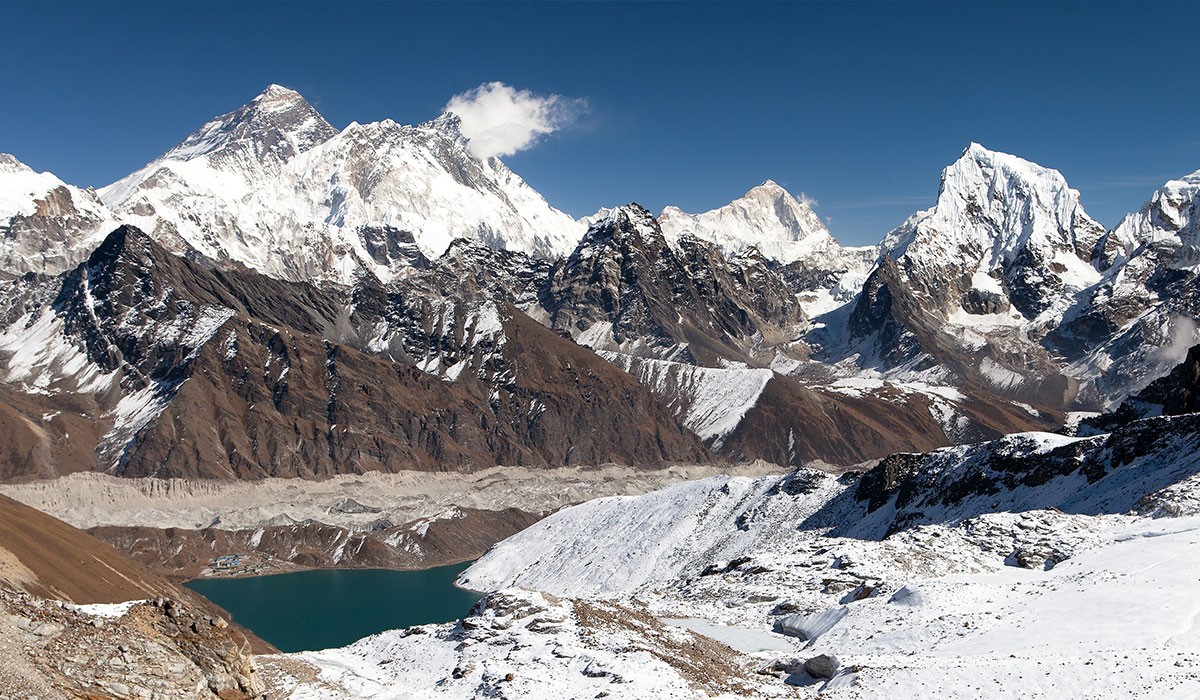
To put it bluntly, the dedication you put in during the training and preparation part will determine the overall trekking difficulty level of the Renjo La Pass Trek. The standard recommended period for training is around 3 to 6 weeks for high-altitude endeavors in Nepal. You don’t need to put in a lot of hours each day, but you are recommended to stay consistent with your training every day, separating a certain period from your daily schedule.
Staying consistent will get your body accustomed to physical activities, and you will not feel exhausted even if you have to move around a lot. As for what to include in your training regime, you can consult a professional trainer, experienced trekker, or guide to come up with a flawless preparation program. Still, a majority of your focus should be on developing your strength/endurance and stamina level.
Stair climbing and practice hikes are also some of the most efficient ways to match the terrain needs of this Himalayan journey. You will need to traverse across rugged and steep sections of the mountain, so these training methods will prepare you to match the demands of the trail. Here are some exercises that you can add to your training:
Strength and Endurance Training
- Squat
- Pull Up
- Push Up
- Deadlift
- Plank
- Lunge
- Woodchop
- Dips
- Upright Row
- Front Raise
- Overhead Press
- Bicep Curl
- Step Up
- Leg Curl
- Leg Press
Stamina Training
- Jumping Jack
- Swimming
- Dancing
- Burpee
- Aerobics
- Mountain Climber
- Cycling
- Jogging
- Rowing
- High Knees
- Jumping Rope
Is This Trek Right for Me?
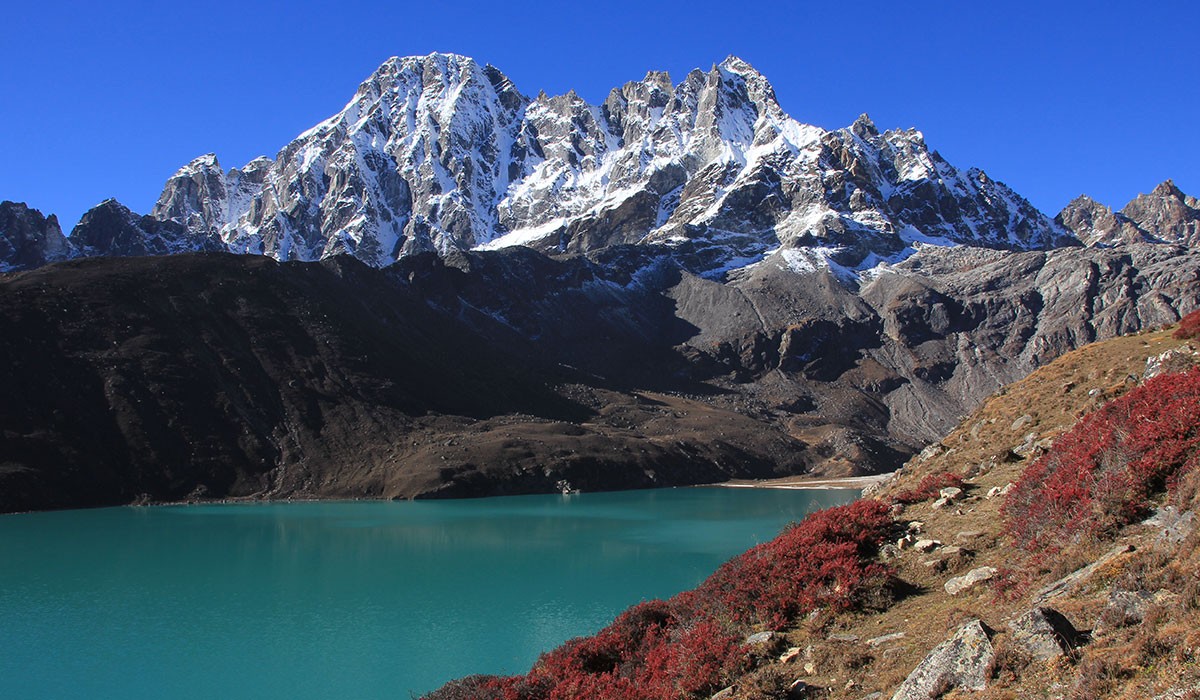
Renjo La Pass is one of the most intriguing exploration prospects in the Everest region, which is a bundle of diverse experiences. This trekking adventure doesn’t fall short on anything, be it cultural experience, natural allurements, or the unbelievable Himalayas vistas. It is undoubtedly a must-do exploration of the Everest region that includes the journey to two of the major highlights in the region (Gokyo Lakes and Renjo La Pass) in a single itinerary plan.
If you are concerned about the difficult aspects of this trip, don’t worry even if you shouldn’t underestimate them, they are definitely not a threatening level. Marvel Advnture’s trekking packages are meticulously designed and tested before being out on the market. Our 10 Days Renjo La Pass Trek has been custom-tailored, paying attention to every detail to ensure our guests have a memorable experience.
Even if the trekking hours in the itinerary plan average between 6 to 7 hours, it is referring to slow paced walking. Within this mentioned hour, you will trek at a slow pace and will get enough rest breaks in the route. Similarly, although the altitude gain in this trip is high, you will get enough rest periods and acclimatize properly before ascending higher. So, not only will you enjoy a safe journey, but with enough rest, you will be able to truly relish the experience.
There are also no age restrictions in this Himalayan adventure; if you have a moderate fitness level, good health, and a strong mentality, you will be able to complete this incredible Himalayan endeavor without any issues.
Entry and Permit Requirement for Renjo La Pass Trek
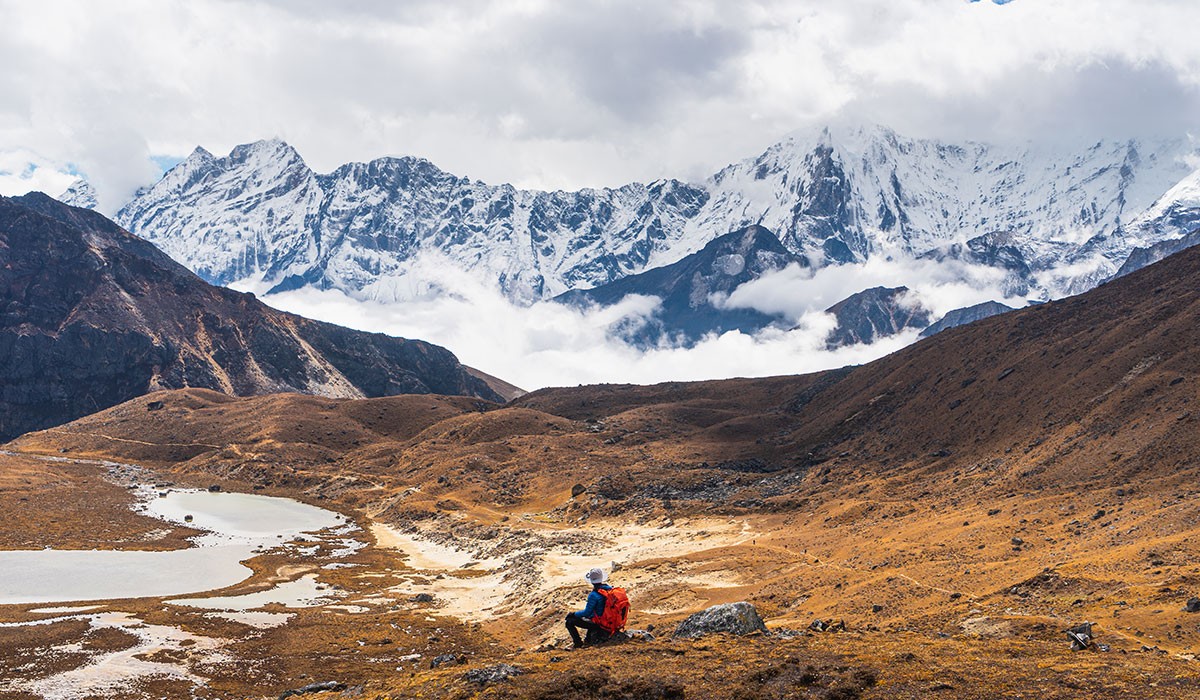
Renjo La Pass Trek takes place in the most popular trekking destination in the entire Himalayas, the Everest region. Thus, you will need to get all the necessary permits to access the conserved and restricted areas in this mainstream trekking region.
Permits for Gokyo Renjo La Pass Trek
- Sagarmatha National Park Entry Permit
- Khumbu Pasang Lhamu Rural Muncipality Permit
Sagarmatha National Park was enlisted as a UNESCO World Heritage Site in July 1976 and you will enter this world heritage site in your trekking route from Monjo. So, to access the park, you will need to get an entry permit, which will cost about US$ 30 for all foreigners. Similarly, the Pasang Lhamu Rural Municipality has been listed as a restricted area to conserve the authentic Sherpa culture, traditions, and artifacts.
You will need the restricted area permit to enter this municipality during your exploration, which will cost around US$ 20. The national park entry permit can be obtained from the tourism board office by the individual trekkers, but the restricted area permit is only assigned to a government-registered trekking agency.
Note: Marvel Adventure will handle all the permit requirements of this Himalayan odyssey and collect them for you.
Accommodation and Food
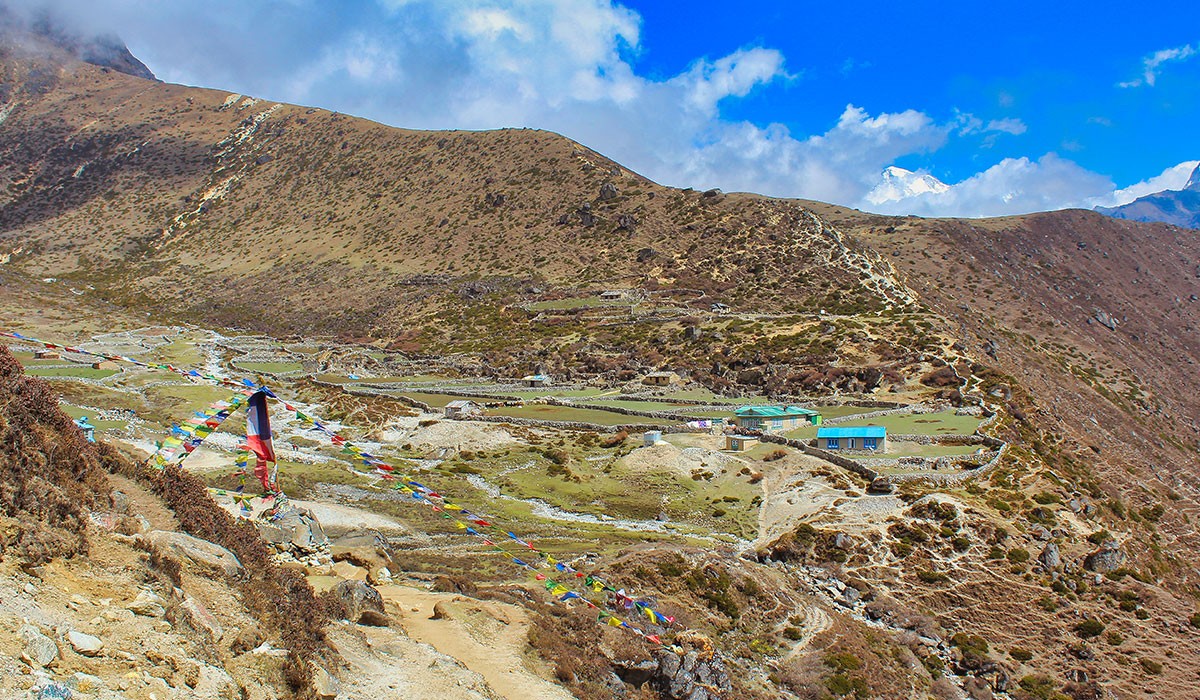 Renjo La Pass Trek takes place in the Everest region, which is a major trekking hub in Nepal. Thus, unlike other remote regions, the facilities available at teahouses/lodges in this mainstream trekking region are more extensive and advanced. There are also luxurious modes of trekking packages in the mainstream Everest Base Camp Trek route if you want high-end facilities during your Himalayan journey.
Renjo La Pass Trek takes place in the Everest region, which is a major trekking hub in Nepal. Thus, unlike other remote regions, the facilities available at teahouses/lodges in this mainstream trekking region are more extensive and advanced. There are also luxurious modes of trekking packages in the mainstream Everest Base Camp Trek route if you want high-end facilities during your Himalayan journey.
Accommodation During Trek
In the standard 10 Days Renjo La Pass Trek, you will spend 9 nights on the mountain. The standard trek package will get you comfortable and warm private rooms with two or three adjacent beds. There are also communal areas in the teahouses, like the longue and dining halls, which are equipped with heaters to keep the trekkers warm. As for the bathroom facilities, some teahouses do have attache bathroom facilities while others have outside rooms.
The bathrooms in the lower trekking regions have a western design with a commode and flush system. You will also be able to take a hot shower during your stay; however, in the completely remote high-altitude region, the bathroom facilities are more of a traditional pan-design. For the shower, you will have to buy a hot bucket of water at the teahouse/lodge.
Food During Trek
The food exploration in this culturally diversified country is one of the major highlights of this entire adventure. During your trek, you will be able to taste a diverse range of delicacies that represent different cultures in the country and international dishes (mostly Tibetan, Indian, and Continental menus). The unique fusion of flavors makes your everyday exploration an exciting experience as this fascinating trekking adventure unveils both hidden Himalayan beauty and tongue-lingering delicacies.
Your standard trekking package will cover the costs of all standard meals during your trip (i.e., breakfast, lunch, and dinner). There is also a wide range of refreshments, desserts, and snacking options at the teahouses, but their cost is not covered by the trekking package. These are some of the menus that are available at the teahouses in the Gokyo Valley Trek with Renjo La Pass:
Breakfast Menus
- Tibetan Bread
- Tingmo
- Chapati
- Tsampa Porridge
- Sel Roti
- Breakfast Set
- Museli
- Bread/Toast
- Jam, Butter, Honey
- Tea/Coffee/Juice
- Salad
- Fruits
- Pancake
- Oat
- Cornflake
- Cereals
- Eggs
Lunch and Dinner Menus
- Dal Bhat
- Dhindo
- Paratha
- Sherpa Stew
- Thukpa
- Chowmein
- Momo
- Shyaphale
- Chicken and Buff Steak
- Aloo Tama
- Gundruk
- Chhoyela
- Pizza
- Burger
- Sandwich
- Potato Fries
Note: The teahouses in this mainstream route also serve vegetarian and vegan options. You will also be able to make personal requests not to include any particular ingredient you don’t like or that you are allergic to during this trek.
You may also like:
FAQs Related to Gokyo Lake Trek With Renjo La Pass
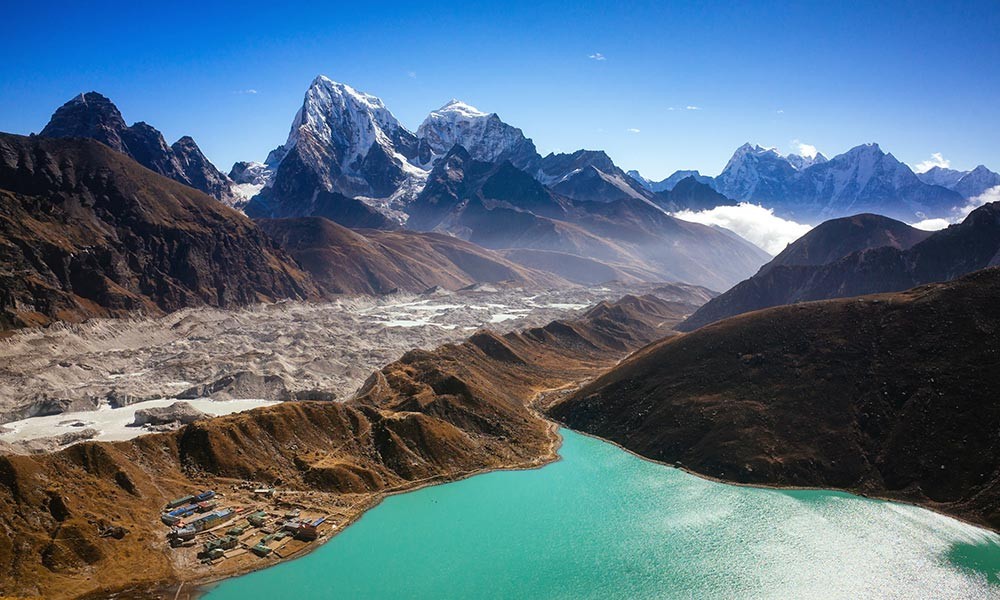
How high is Renjo La Pass?
The Renjo La Pass is one of the highest Himalayan passes in Nepal and is situated at an altitude of 5,360 meters (17,585 feet).
I Have Never Trekked Before. Is This Trek Suitable for Beginners?
If you have good health and put a good amount of effort into overcoming the long trekking hours requirement of this trip, you will be able to easily complete this trek even if you are a beginner.
Is Gokyo Lake Trek With Renjo La Pass Dangerous?
No, this trek doesn’t take you across any risk or technical segments on the mountain, so it is completely safe. On top of that, your guide will take good care of your well-being and properly manage every day’s itinerary plan; thus, you don’t have to worry about anything during your exploration.
How Long Does It Take to Hike to Renjo La Pass?
The overall trekking distance of this Himalayan endeavor is approximately around 92 km (52 miles). The standard trekking duration in this duo highlights exploration route is around 10 to 14 days.
Can You Do Trek Without Training?
It is recommended that you should at least prepare 3 to 6 weeks before your trek. You shouldn’t underestimate the obstacles of the route and make efficient preparations, which will determine your overall comfort level during the trek.
Do You Need Travel Insurance for Gokyo Renjo La Pass Trek?
Yes, it is necessary to get travel insurance for this trekking adventure. You will required to get travel insurance for any high-altitude Himalayan treks in Nepal. As a matter of fact, you will not be able to acquire the necessary permits without submitting copy of your travel insurance.
Do I Need to Bring Bags for This Trek?
You are recommended to bring a backpack with a 20-30 liter capacity and duffle bags sort out your luggage carefully. The best way to sort out your packing is to divide it into two parts: one that your porter will carry and one that you will carry.
What is the Weight Limit for Porter and Lukla's Flight in Gokyo Renjo La Pass Trek?
The weight carrying limit of porter per trekker is about 15 kg. Generally, one porter is assigned to carry the luggage of two trekkers. Similarly, the weight limit in Kathmandu to Lukla flight is also 15 kg (10 kg luggage and 5 kg hand carry-on).
What Type of Fluid Should I Drink at High Altitude?
You should drink at least 3 to 4 liters of fluid at high altitudes; you should go for healthy options like water, lemon tea, soup, green tea, and juice. Avoid drinking caffeinated drinks and alcoholic beverages during your trek.
Do I Need to Tip My Porter and Guide?
Although there isn’t any official complementary rule to tip guides and porters, it is expected. These helpful personnel make your exploration safe and comfortable, so take tipping as a way to show appreciation for their hard work.
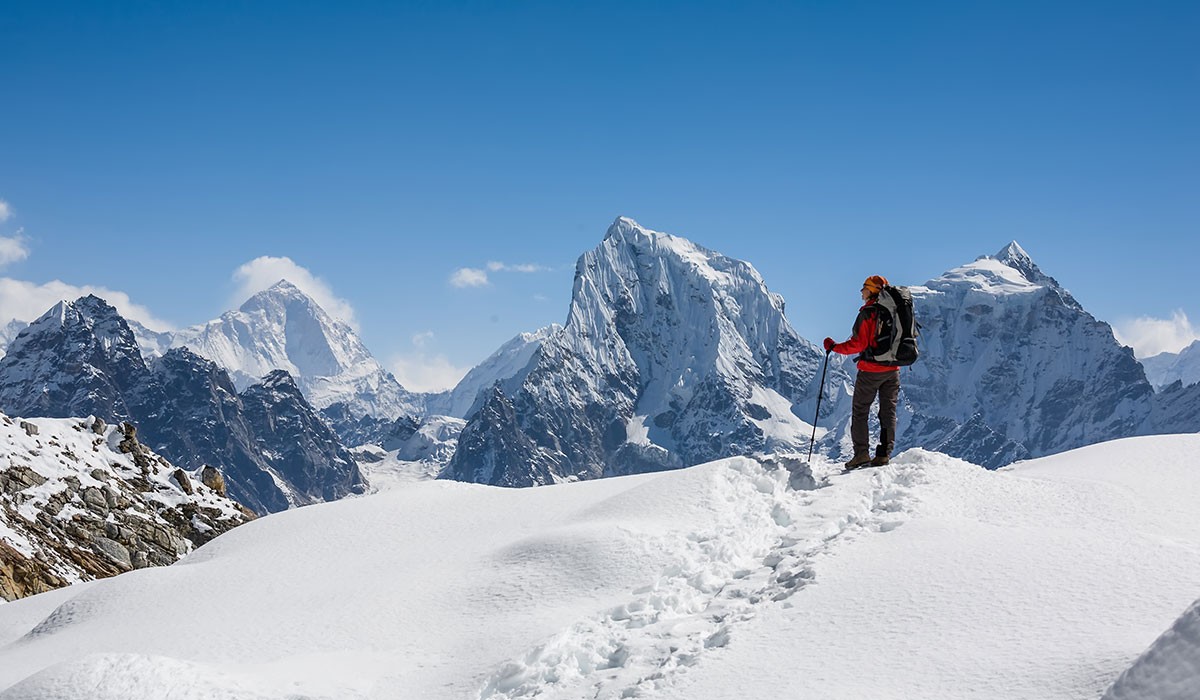







 Renjo La Pass Trek takes place in the Everest region, which is a major trekking hub in Nepal. Thus, unlike other remote regions, the facilities available at teahouses/lodges in this mainstream trekking region are more extensive and advanced. There are also luxurious modes of trekking packages in the mainstream Everest Base Camp Trek route if you want high-end facilities during your Himalayan journey.
Renjo La Pass Trek takes place in the Everest region, which is a major trekking hub in Nepal. Thus, unlike other remote regions, the facilities available at teahouses/lodges in this mainstream trekking region are more extensive and advanced. There are also luxurious modes of trekking packages in the mainstream Everest Base Camp Trek route if you want high-end facilities during your Himalayan journey.



